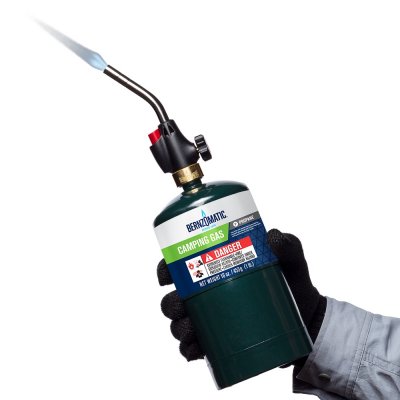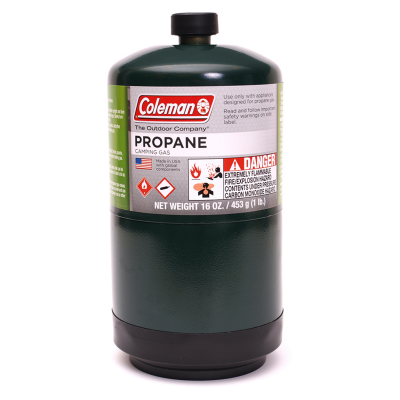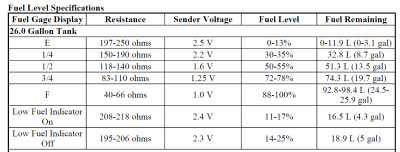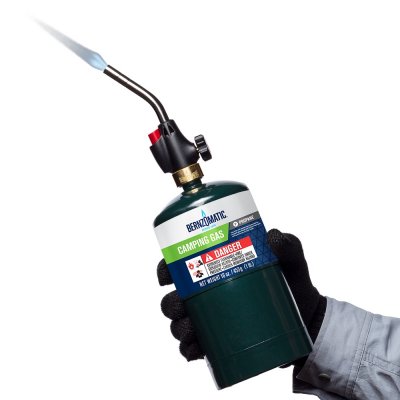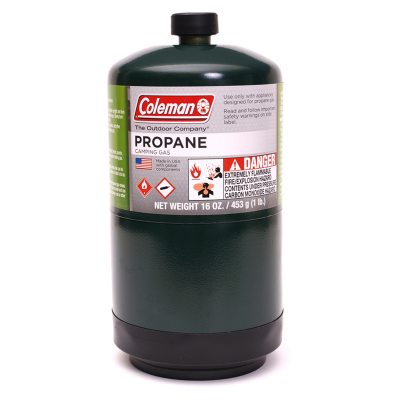It ain't nuttin' but copying the factory stuff. No expertise involved, really. If you can change out headlight assemblies and trim pieces, change engine oil, etc., then you can make and install the Big 3. Worst case is you'd have to buy or borrow something to crimp the lugs. You can use crimpers or a hammer style tool.
Example of hammer style:
https://www.amazon.com/Compression-Crimping-Terminals-Tech-Team/dp/B0812CDCFD
Soldering isn't necessary. But, if you wanna solder them, you just need a torch, a spool of solder and pliers to hold the lug. I use Vise Grips to better my chances of not dropping the lug when it's full of molten solder.
I use a Coleman propane camp stove fuel tank with a Bernzomatic torch head:
